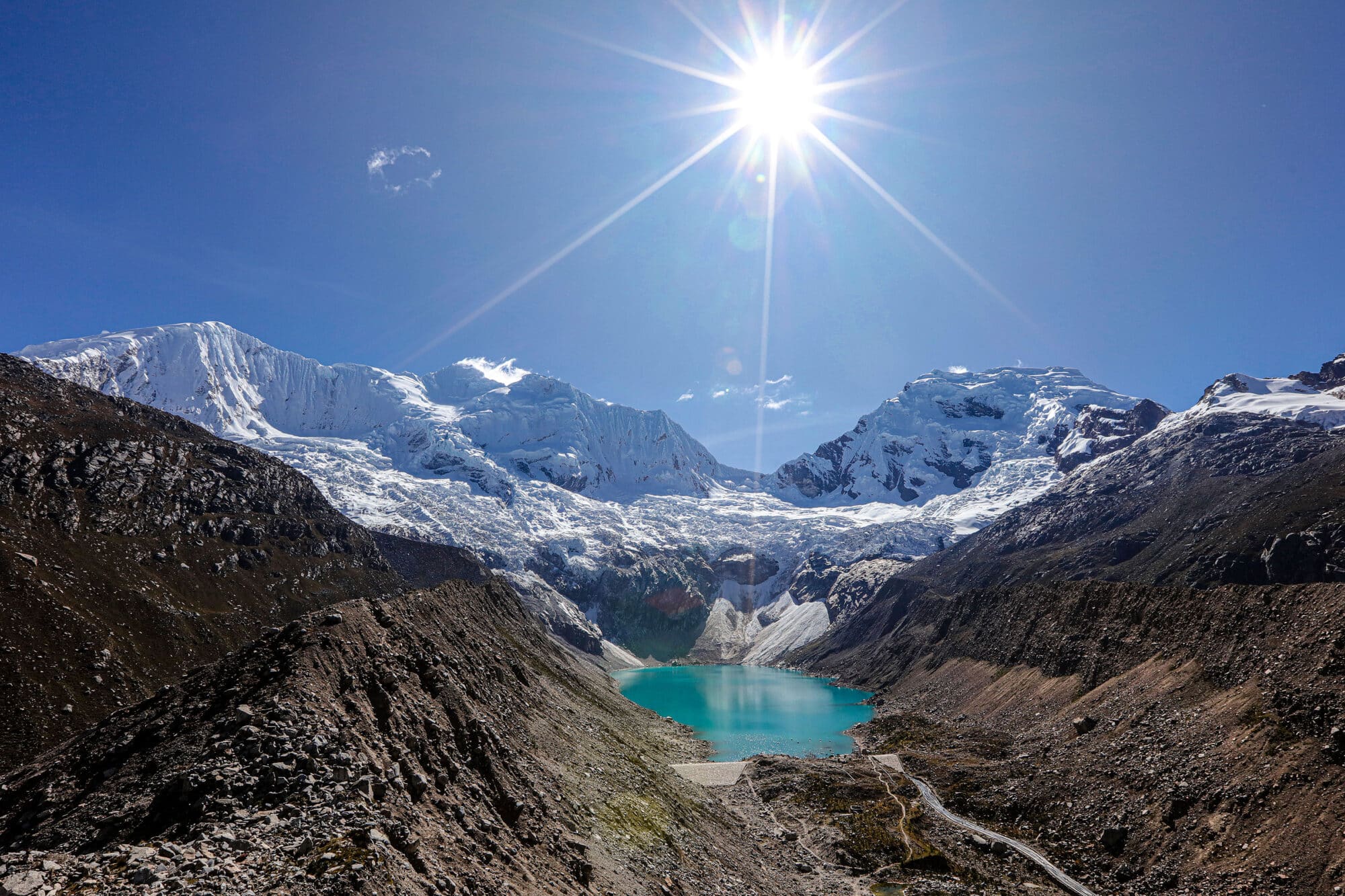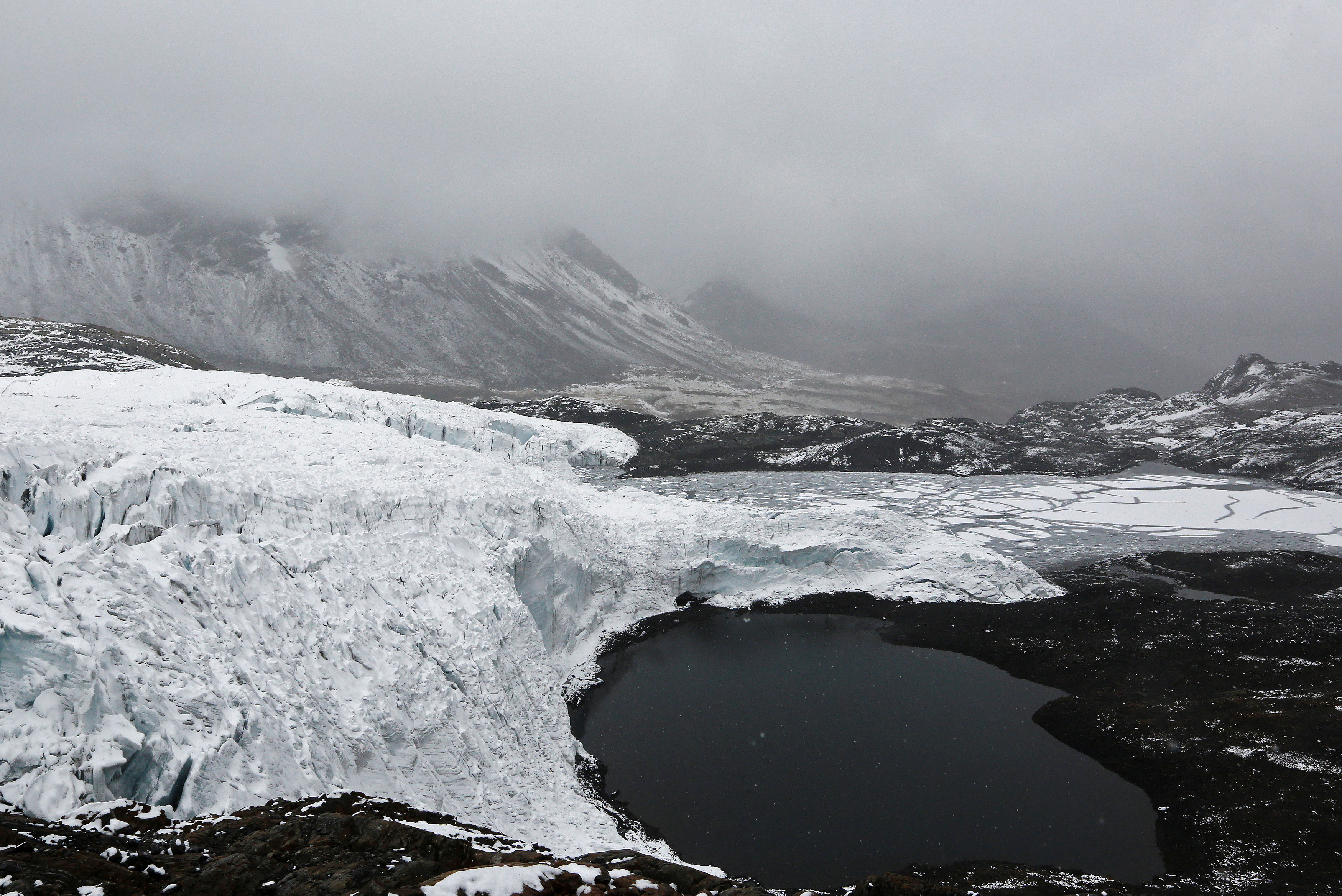Science
Peru Has Lost More Than Half Its Water Reserves As Glaciers Rapidly Melt

According to a new government inventory issued on Wednesday, Peru has lost 56% of its tropical glaciers over the previous six decades owing to climate change.
According to the National Institute of Research of Mountain Glaciers and Ecosystems, Peru has 68% of the world’s tropical glaciers, and rising temperatures have caused melting and the formation of new mountain lagoons, which risk overflowing and floods.
According to the analysis, which analyzes satellite imagery until 2020, 2,084 glaciers cover 1,050 square kilometers (405 square miles) in Peru, compared to 2,399 square kilometers of ice and snow in 1962.
“In four years, from 2016 to 2020, we lost almost 6% of these high mountain glaciers,” Beatriz Fuentealba, the institute’s head, said from the Ancash region, where several glaciers had vanished.
Peru Has Lost More Than Half Its Water Reserves As Glaciers Rapidly Melt
The inventory shows that 164 lagoons have formed or are in the process of forming in the last four years, increasing the total number of glacier lagoons to 8,466, spanning approximately 1,081 square kilometers.
“The new lagoons could be future water reserves, but because they are at high altitudes, they pose a risk of overflowing and flooding,” said Jesus Gomez, director of glacier research at the Ministry of Environment.
According to the paper, nearly all Peru’s tropical glaciers are over 6,000 meters (19,685 feet) above sea level, while the new lagoons are between 4,000 and 5,000 meters.
According to the report, about 20 million Peruvians benefit directly or indirectly from the glacier water.
“This means we have lost more than half of our water reserves,” Environment Minister Albina Ruiz said, warning that glacial retreat is affecting the natural mountain ecology.
Peru Has Lost More Than Half Its Water Reserves As Glaciers Rapidly Melt
“While we cannot stop glaciers from melting over time, we can slow their loss,” she added, advocating for reduced pollution, more green space, and “most importantly, recognizing that the mountain provides us with life.”
Glaciers melt due to rising temperatures, leading to the flow of water from the glaciers into the ocean. This process contributes to sea level rise, impacting coastal communities and ecosystems around the world.
The melting of glaciers is a significant consequence of climate change and has far-reaching effects on the environment and human civilization.
SOURCE – (CNN)
































